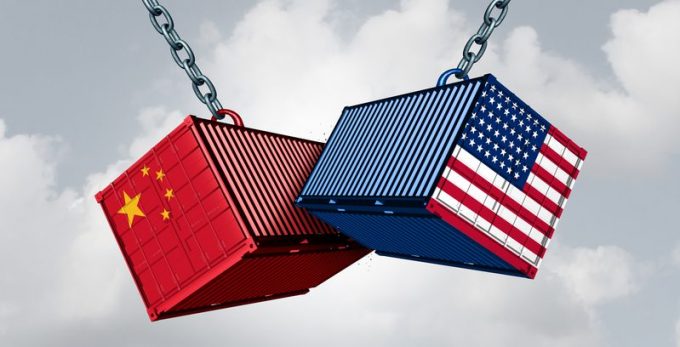'Stop-gap measures' shippers could use to cope with the China tariff crisis
Exporters in China are invoking short-term emergency supply chain plans to try to mitigate tariff ...

The sharp escalation in the US/China trade war could see some short-term front-loading gains for transpacific carriers on the headhaul route, but it spells trouble longer-term, particularly on the backhaul.
Hitting back at President Trump’s Twitter announcement last week of a 10% tariff on a further $300bn worth of Chinese imports into the US from 1 September, Beijing today instructed state-owned companies to suspend all imports of US agricultural products.
Drewry said the renewal of the trade war hostilities could give the ...
Trump tariffs see hundreds of cancelled container bookings a day from Asia
'Disastrous' DSV-Schenker merger would 'disrupt European haulage market'
'To ship or not to ship', the question for US importers amid tariff uncertainty
'Chaos after chaos' coming from de minimis changes and more tariffs
List of blanked transpac sailings grows as trade war heats up and demand cools
EC approves DSV takeover of DB Schenker
Shippers in Asia restart ocean shipment bookings – but not from China
Forto 'sharpens commercial priorities' as it lays off one-third of staff
India withdraws access for Bangladesh transhipments, in 'very harmful' decision
'Tariff hell' leaves industries in limbo – 'not a great environment to plan'
IndiGo fleet expansion plan will include a major push to boost cargo volumes
Pre-tariff rush of goods from US to China sees air rates soar, but not for long

Comment on this article